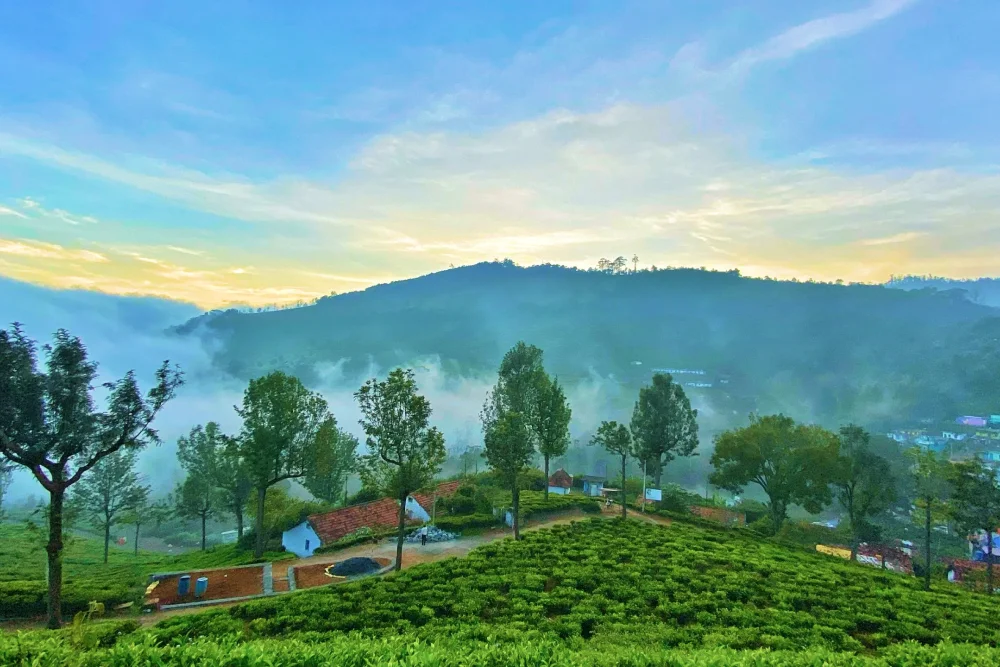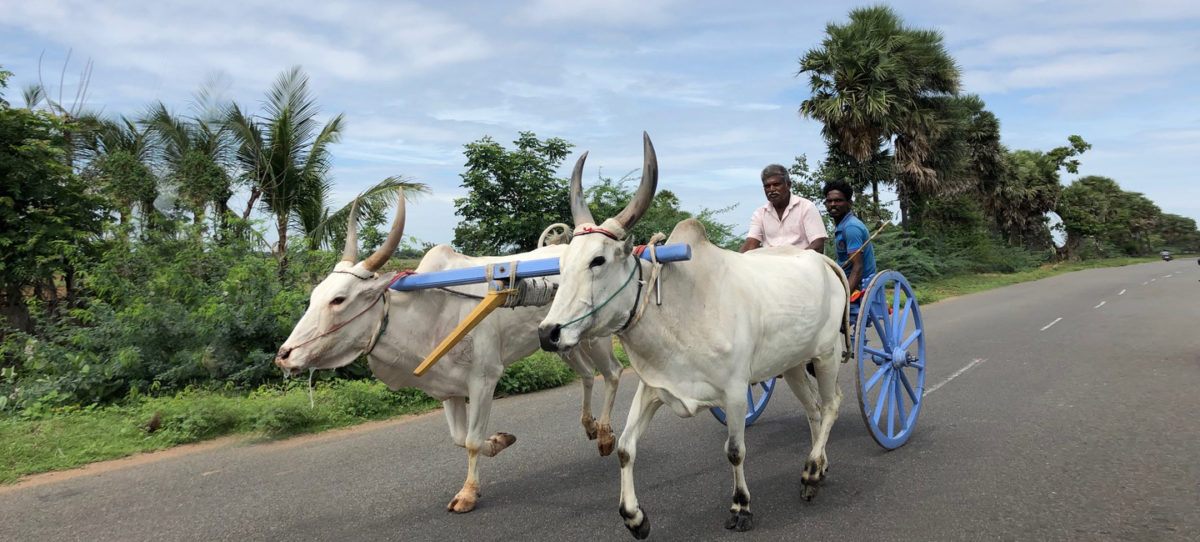Top 10 Tourist Places in Karnataka: A Traveler’s Guide
Karnataka perfectly balances the old and the new, from exploring the beautiful hill stations of Coorg surrounded by sprawling coffee plantations to visiting the mystical ruins of Hampi. Travelers also love soaking up the sun on the beaches of Gokarna or even visiting Chikmagalur for a laid-back feel, nature walks,…







